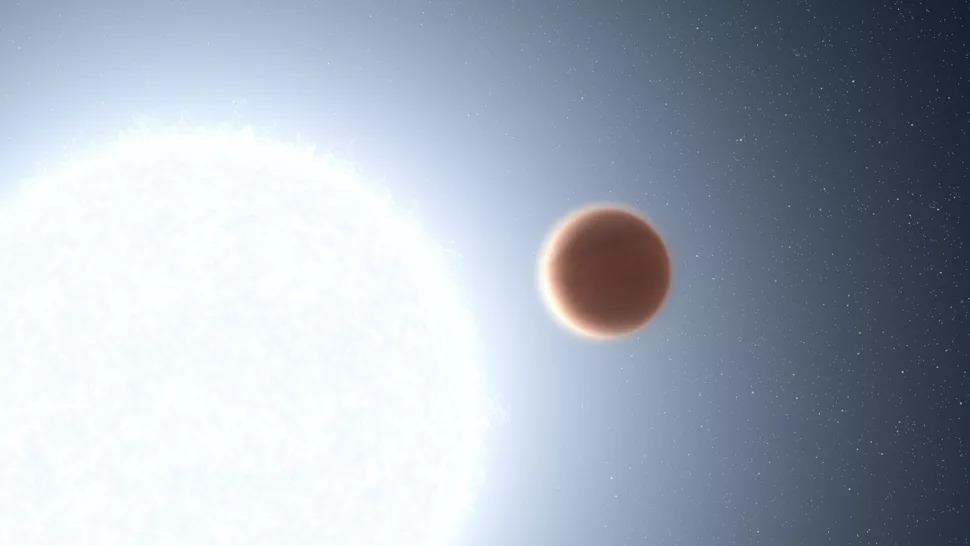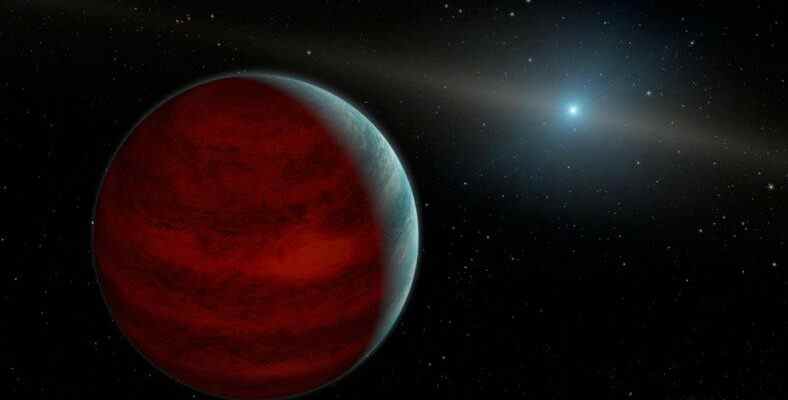Despite being discovered in 2017, it was discovered that unlike our world, rock rains occur on the planets KELT-20b, which we know almost nothing about, and WASP-187b, which have been discovered for many years. So how does this happen?
About that 30 years astronomers who first began to discover planets outside our galaxy, 1990‘yours It has focused on exoplanets from the very beginning. While many new planets, galaxies, stars and moons have been discovered to date, some of them have surprised us with their unique features. Examples of these are molten iron rains. WASP–76b and glass showers HD 189733b We can count the planets.
Of course, new ones are constantly joining these interesting planets. This is exactly the case with the planet discovered with NASA’s Hubble telescope. as a matter of fact 2017 discovered and CELTIC–20b The planet, named after him, is on the agenda again due to the newly discovered rock rains. against the evils of the world”Stones will rain on us!Discovering that “their systems are virtually real, astronomers are now examining the meteorological makeup of WASP-187b and KELT-20b, which only experienced rock showers.
Planet hot enough to melt rock
Especially WASP–187b and CELTIC–20b focusing on planets NASAin a statement on Wednesday, said that the two planets “have the hottest planetary atmospheres ever seen“He said. While similar weather events were experienced on both planets, the formation of rock rains experienced on WASP-187b was also described. According to NASA, the bright side of both planets is extremely hot, and the dark side, on the contrary, is extremely cold.
The rocks on the surface of the planets begin to melt on the bright side due to the star being too close. Melting rocks create clouds of gas and dust. This cloud of gas and dust 3200 kilometers away reaching higher speeds, traveling to the dark side.
The dark side is cold enough to turn rock solid

at great speed to the dark side When the traveling gas and dust clouds come here, another surprising event greets us. So much so that the pieces of rock that melted and flew on the side facing the star, when it came here cold to the ground it’s starting to fall. This is in the back hemisphere. rock rains makes it happen. Very similar situations are observed on both planets. Structurally, too super hot Jupiters These two planets, which are called as planets, are probably the last among the planets that human beings would want to be on.
Finally, NASA underlines how much of an active role the star in the system plays on the planetary atmosphere, as well as the information it provides about the planets.
